The U.S. dollar’s supremacy in global finance is under its first structural test in decades as digital currencies and artificial intelligence reshape money flows. IMF COFER data reveal the dollar’s share of global reserves has dropped to 56.32% in early 2025 — its lowest since the euro’s launch. With 94% of central banks now testing CBDCs, the world is witnessing both diversification and digitalization of sovereign money.
Experts like Dr. Alicia García-Herrero, Chief Economist at Natixis, note that the shift is gradual but measurable. She predicts that a USD reserve share below 55% by 2027, combined with over $1 billion in annual CBDC settlements, would signal a historic turning point. Meanwhile, the rise of stablecoins — with USDT and USDC controlling 99% of the $300 billion market — continues to extend dollar liquidity globally, especially in high-inflation economies like Argentina and Turkey.
Yet, competition looms. A yuan-backed stablecoin capturing 10–15% of market share could ignite geopolitical tensions, and crossing 20% would mark true monetary fragmentation. On-chain settlements now exceed $35 trillion yearly, showing that blockchain-based dollar rails are already reinforcing global liquidity.
Tokenization adds another layer of change. Over $5.5 billion in tokenized treasuries and $8 billion in tokenized bonds highlight finance’s quiet migration to blockchain. Franklin Templeton forecasts up to 5% of sovereign issuance to be tokenized by 2028, led by Asia and Europe.
China’s e-CNY, processing 7 trillion yuan by mid-2025, showcases state-led digital finance and the geopolitical dimension of CBDCs. Meanwhile, the rise of AI-driven financial infrastructure promises efficiency but also systemic risk.
The dollar’s dominance is not vanishing—it’s evolving. As AI, CBDCs, and tokenized assets converge, the global monetary order is becoming more data-driven, decentralized, and transparent—reshaping how liquidity, trust, and power are defined in the digital age.






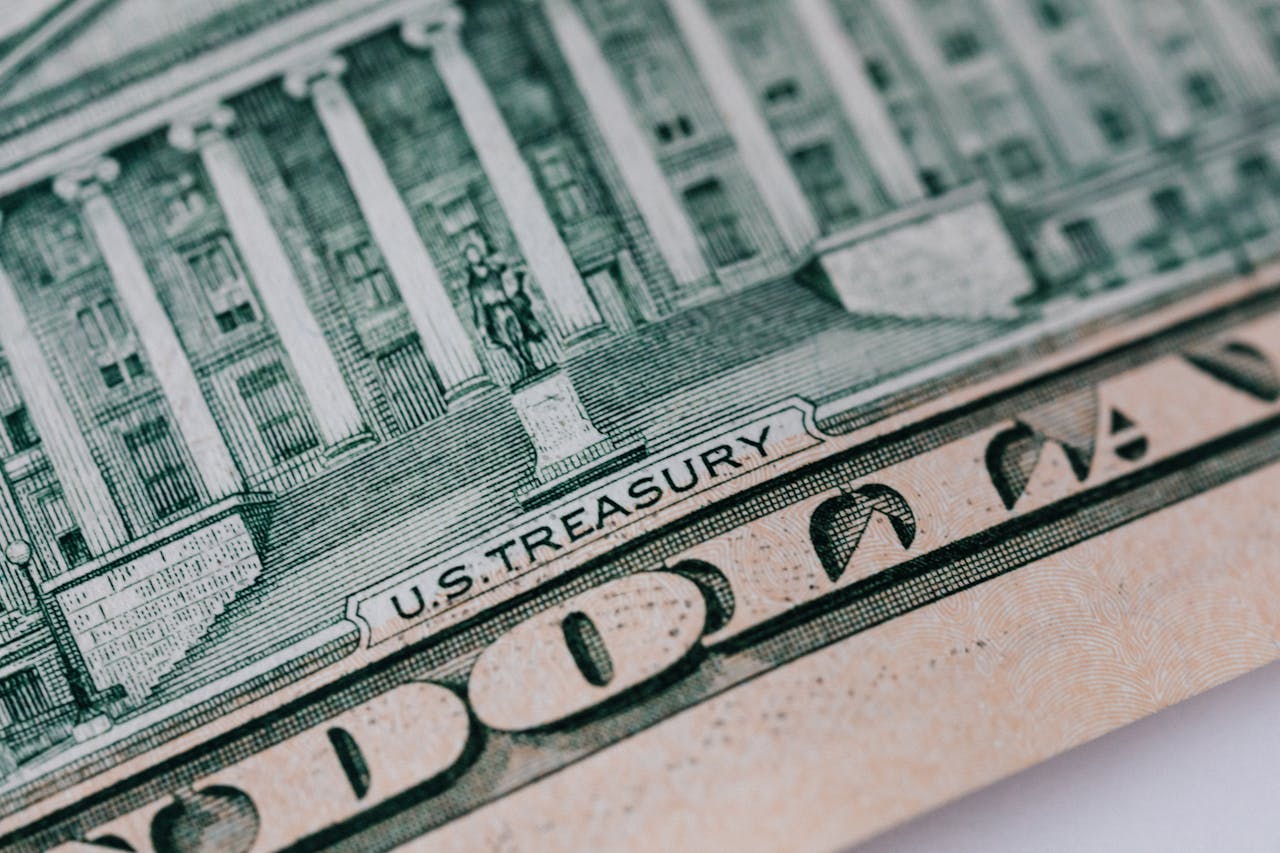




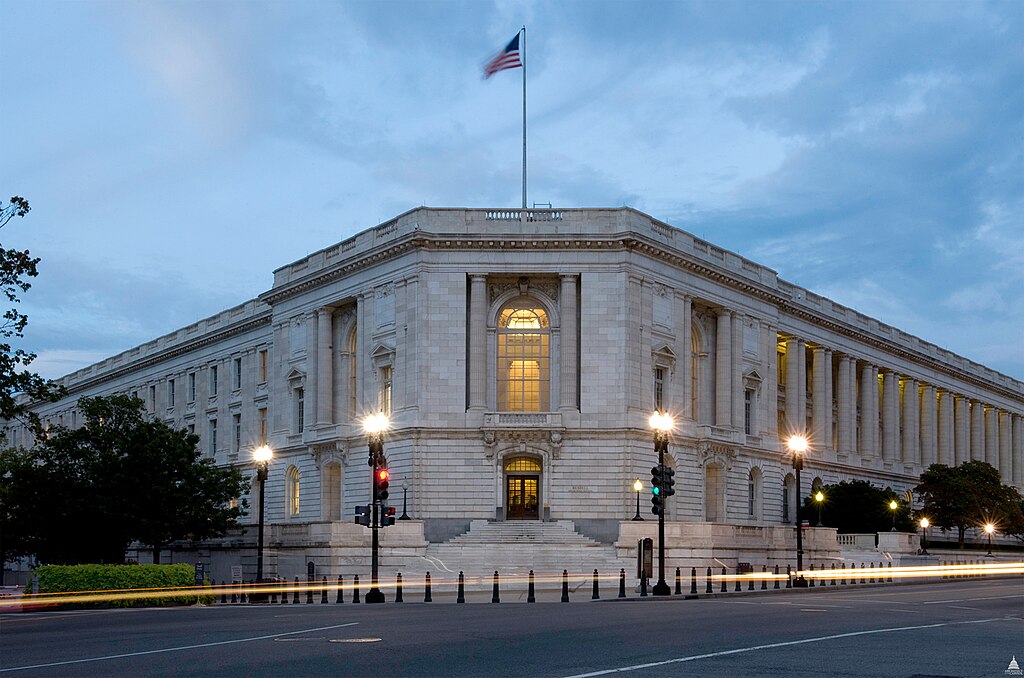
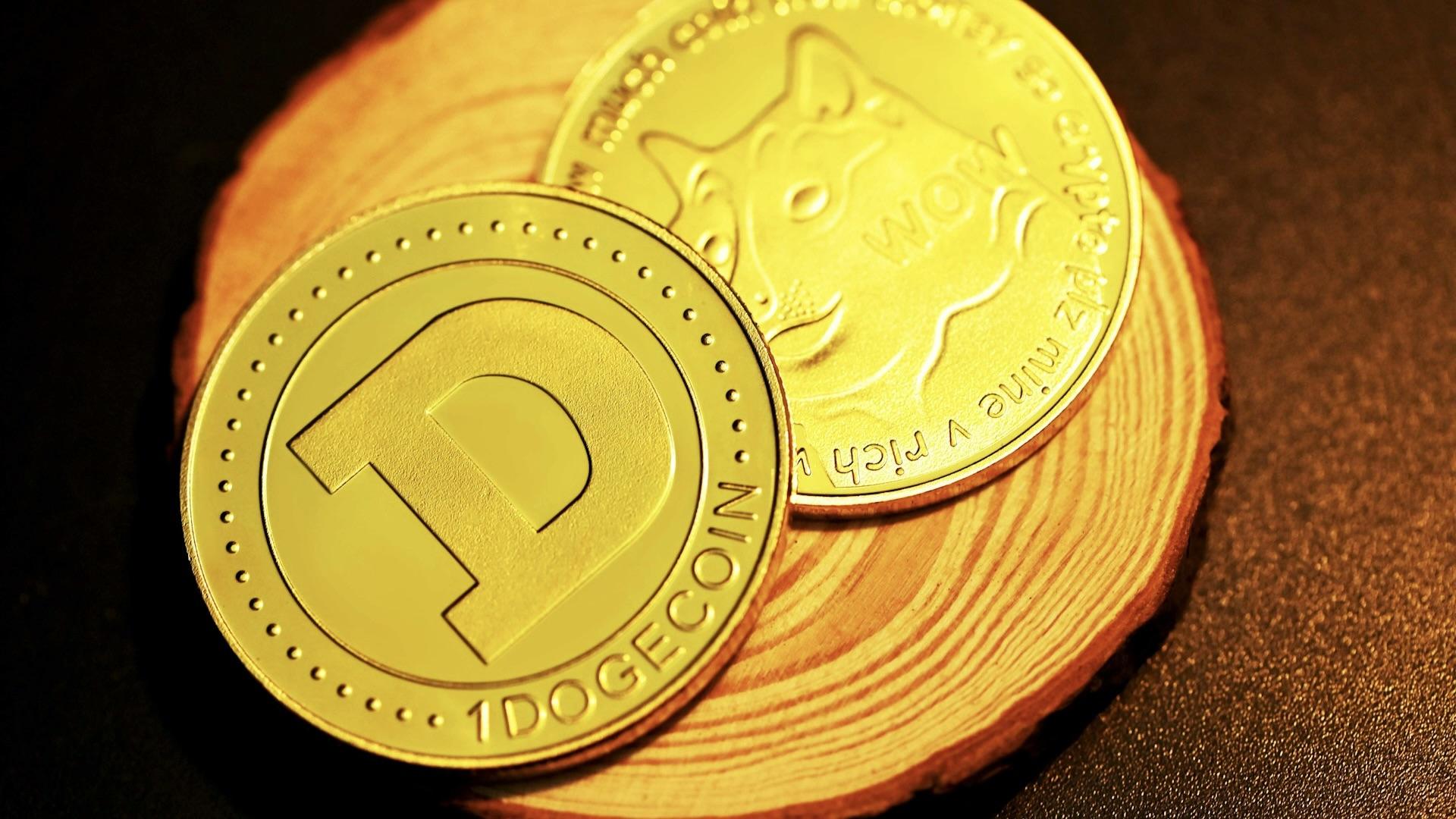



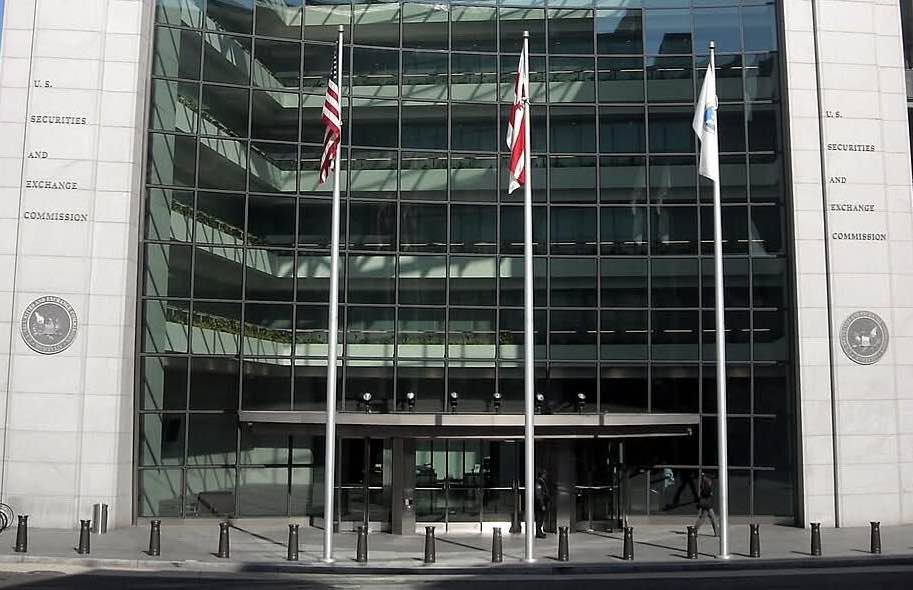
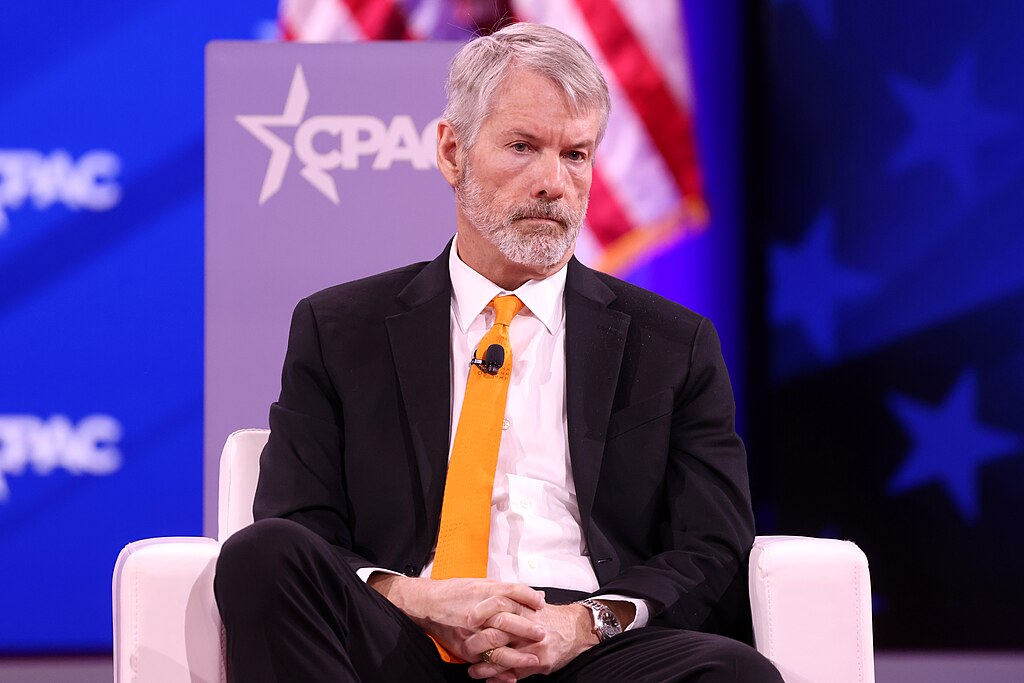








Comment 0